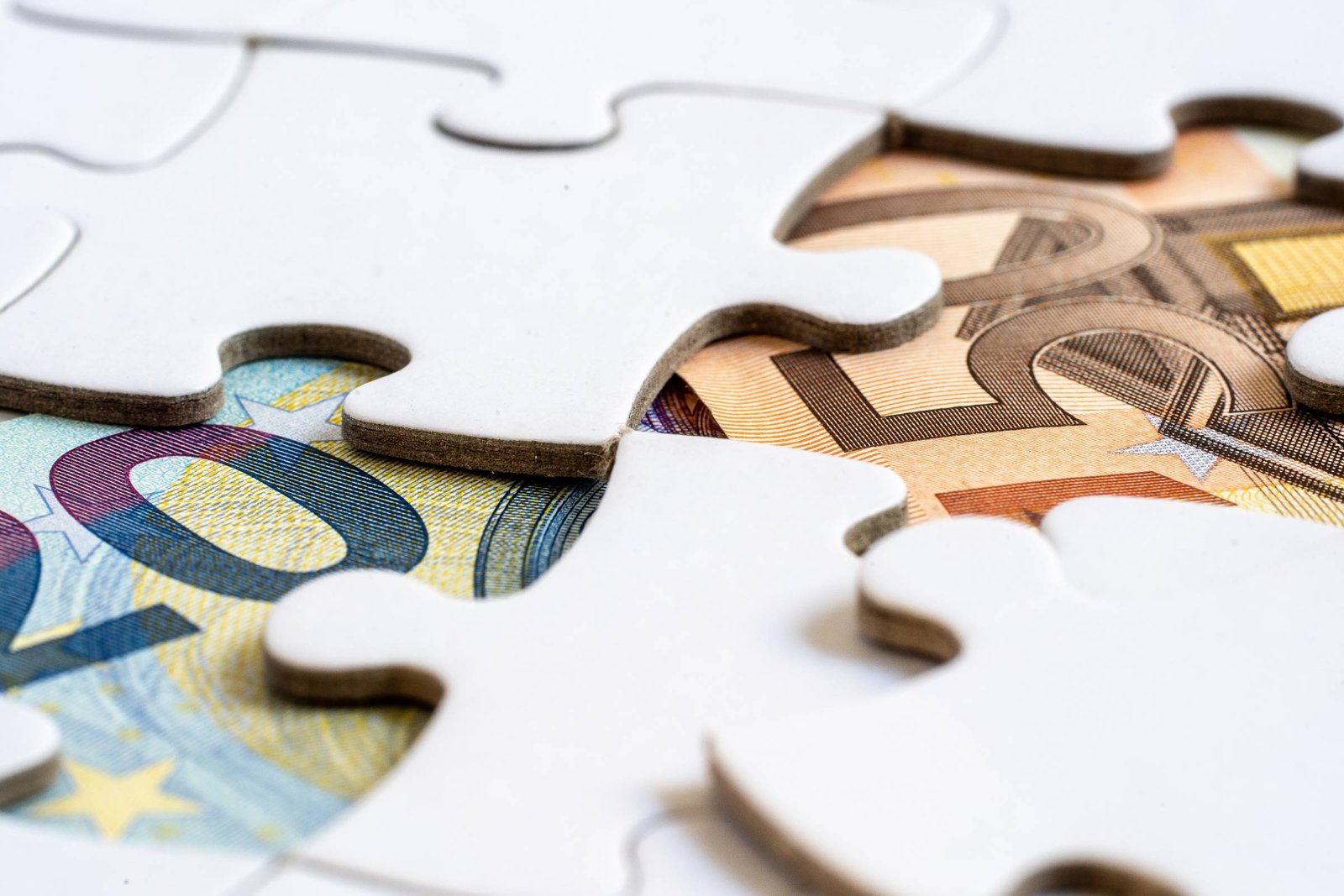The future of finance: Guide to encryption, risk assessment, continuation models and digital property management
As the world becomes more and more digital, there is a significant change in the financial industry. One of the most interesting developments in this space is the emergence of cryptocurrencies, the digital assets that can be purchased, sold and negotiated in traditional currencies. However, the investment is accompanied by its own risks, which makes it necessary to carry out in -depth risk assessments before participating.
In this article, we explore the world of cryptocurrency trade, studying key concepts such as continuous models, risk assessment and digital properties management. We also explore how these principles can help investors navigate in the encryption complexities.
What is cryptocurrency?
Cryptic currencies are digital or virtual currencies that use encryption technology for security and are decentralized, which means that no government or financial institution is dominated by them. The best known cryptocurrencies are Bitcoin (BTC), Ethereum (ETH) and Litecoin (LTC). They operate independently on a computer network using complex mathematical algorithms to protect events and control new units.
Monitoring -UP Models
In the technical analysis, follow -up models are used to identify the price change direction. These models include the rebirth of the original trend after consolidation or turning. In cryptocurrency, follow-up models can be useful for identifying potential purchase or sale opportunities.
Some general monitoring models include:
* Head and shoulders (H&S): A classic model where the head and shoulders are formed when the price moves away from the neck.
* Reverse head and shoulders : Same motif, but with a lighter peak.
* Reverse head and shoulders : a similar model, but with a downward trend.
risk assessment
Like all investments, risk assessment is crucial when investing in cryptocurrency. Cryptocurrencies are known for its great volatility, which makes them subject to high price fluctuations. Investors must be ready to deal with significant losses or benefits.
In the risk assessment of cryptocurrency trade:
- Volatility : cryptocurrencies can undergo sudden and extreme price changes.
- Liquidity : Crypto-monnaies trade can be difficult due to limited liquidity.
- Uncertainty of the regulation : Governments and regulatory organizations may impose new rules that affect market opinion.
- Security problems : Investors must ensure the security of their funds and funds.
Management of digital properties
Digital Property Management (DAM) refers to the process of managing and monitoring digital funds such as cryptocurrencies. The dam platforms offer investors a complete image of their portfolios so that they can monitor performance, manage the risk and make conscious decisions.
The main characteristics of the dam pads are:
- Monitoring of the portfolio : See the performance of the portfolio in real time.
- Risk analysis : Identify potential risks and follow the changes on the market.
- Safety measures
: Ensure the safety of properties and assets.
- Tax optimization : Take advantage of tax problems to minimize losses.
The best practices of Crypto investors
Successfully in the world of mysterious cryptocurrencies:
- Form yourself : Permanently learn from the market, trends and technical analysis.
- Set the clear objectives : Specify your investment goal and your risk tolerance.
- Polyvyle : Apply investments to different asset classes to minimize exposure to a particular market.
- Follow market conditions : Keep an eye on market news, regulatory changes and financial indicators.
5








